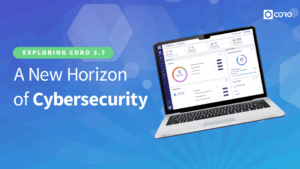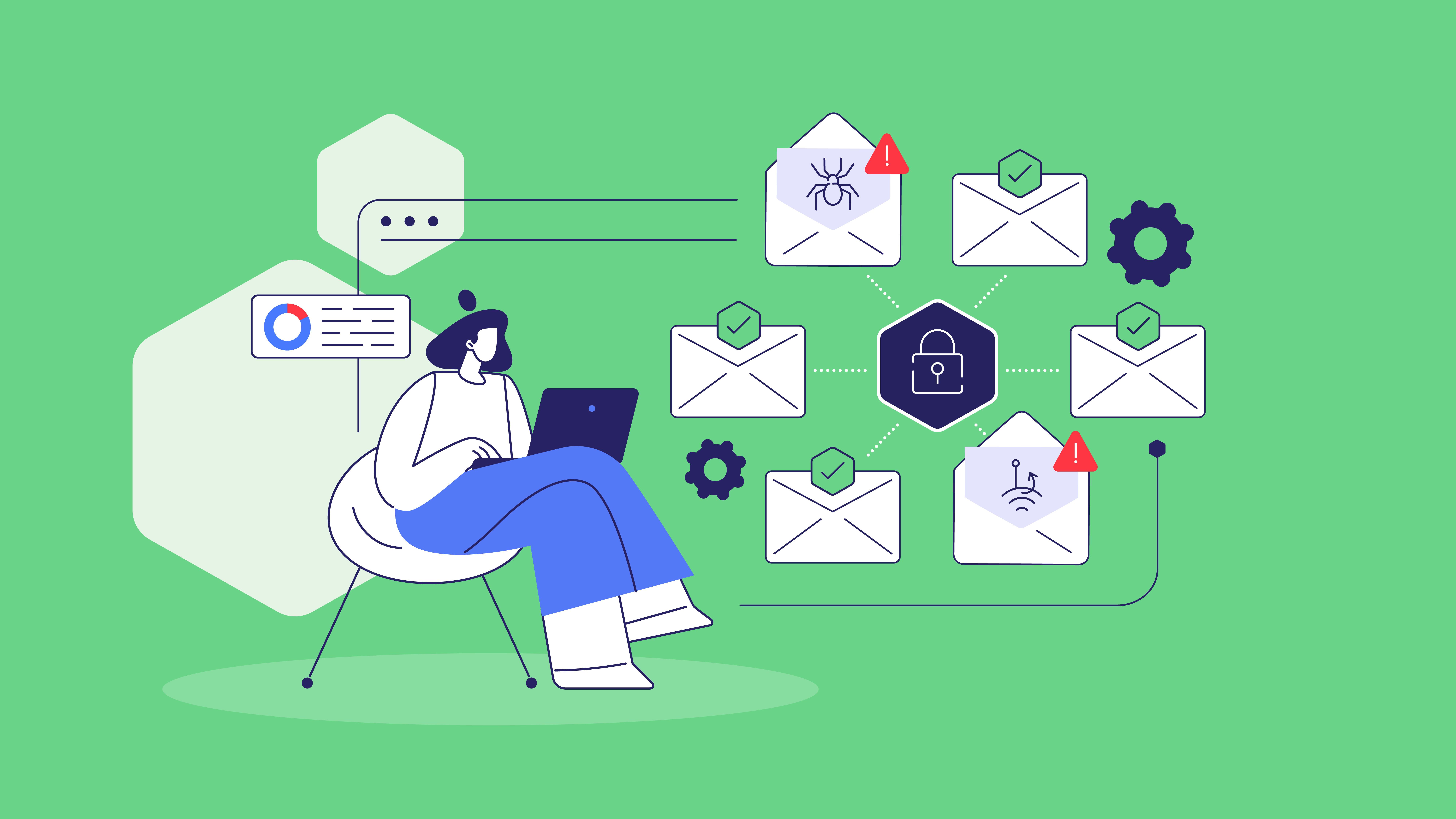How many people would you trust with your house keys? Chances are, you have a handful of trusted friends and family members who have an emergency copy, but you definitely wouldn’t hand those out too freely. You have stuff that’s worth protecting—and the more people that have access to your belongings, the higher the odds that something will go missing.
The same principle should apply to your most precious data assets. You should restrict access to sensitive information and systems the same way you restrict access to your house. By only giving users access to what they need for their job, you reduce the risk of data breaches and unauthorized modifications.
This is known as role-based access control or RBAC.
What is Role-Based Access Control?
Role-based access control (RBAC) is a security method that manages access to computer systems and data based on a user’s role within an organization. Here’s how it works:
- Roles: Define different job functions within the system. Examples might be “administrator,” “editor,” or “reader.” Each role has a specific set of permissions associated with it.
- Permissions: Specify the actions a user can take within the system. This could be viewing files, editing documents, or approving transactions.
- Users: Assigned one or more roles based on their job responsibilities. A user’s permissions are determined by the combination of their assigned roles.
Okay, but then who should get what type of access? Here are some examples:
- Some with the role of “end user” have access to everything they need to carry out their normal desk-based duties, like email, Slack, and a shared drive.
- A helpdesk analyst might get all of the same permissions but also receive additional access so that they can reset passwords and provide basic tech support.
- A system administrator, on the other hand, could get all of the permissions of a helpdesk analyst and an end user, along with the ability to configure the IT system and network security settings.
If every end user had the same permissions as the system administrator, the odds of accidentally or maliciously exposing the company’s data would increase exponentially.
Here’s how RBAC works in practice:
- When a user tries to access a resource or perform an action, the system checks their assigned role.
- It then verifies if that role has the necessary permissions for the requested action.
- If the role requires permission, access is granted.
- If not, access is denied. For example, a teacher may be allowed to look up a student’s past academic record but not their financial information. A nurse can look up a patient’s vitals from that morning but not their entire medical history.
In this way, only people with the right permission can access sensitive information.
The Importance of User Roles and Permissions
It goes without saying that having user roles and permissions in place greatly increases your cyber defenses. Here’s why:
Enhances Security
Granular permissions ensure that data access is restricted to only those users who require it for their roles. This prevents unauthorized users from accessing and handling sensitive information, reducing the risk of data breaches and security incidents.
Allows For Collaboration
With roles and permissions in place, organizations can confidently collaborate with both their internal and external stakeholders, like contractors, clients, and partners. By granting specific access rights, you can still collaborate with your partners without compromising the security of mission-critical data.
Enables Effective User Interaction Tracking
When you have roles and permissions in place, you can monitor changes to files, identify the individuals responsible for those changes, and analyze various metrics for performance evaluation and target tracking. Tight control over user roles and permissions makes it easier to detect and trace suspicious activity within the system. In the event of a cybersecurity breach, organizations can quickly identify the source of the breach, determine which user account was compromised, and take immediate corrective actions to mitigate the impact.
Allows for Automation
Automation tools can be set up to automatically apply changes to roles and permissions based on predefined criteria or triggers. For example, when a new employee joins the company, an automated process can assign them the appropriate role and permissions based on their job title or department without manual intervention. With automated processes in place, administrators can rest assured that changes are applied uniformly across the system, reducing the likelihood of discrepancies or oversights that could compromise security or compliance. This saves administrators valuable time and effort that can be redirected toward more strategic initiatives.
Best Practices for Implementing RBAC
Implementing roles and permissions requires planning and ongoing maintenance. There are many tools that enable RBAC, but even so, there are best practices you need to follow. This includes:
Define Roles For Your Organization
Conduct a thorough examination of your organization’s structure, business operations, and access needs. Define separate roles and their associated permissions, taking into account job responsibilities, access demands, and compliance requirements. Then, responsibilities should be integrated with the organizational hierarchy and departmental structures to provide clarity and consistency in access control. When mapping roles, consider the reporting linkages, job responsibilities, and access needs of various departments and teams. This will simplify access management and enable role assignment.
Automate Where Possible
Streamline and improve the speed of access control by using automatic tools and solutions. Identity and Access Management (IAM) systems and RBAC software can be used to manage job assignments, permission granting, and access control enforcement. You should integrate RBAC with other security solutions and technologies to enhance the overall cybersecurity posture like your identity management systems, Single Sign-On (SSO) solutions, and Security Information and Event Management (SIEM) platforms to centralize access control, enhance visibility, and strengthen security controls. That way, you know that your access policies are consistently enforced and that your systems are closely and accurately monitored.
Conduct Regular Audits
Review and audit user access rights on a regular basis to make sure they are in line with company policy, government rules, and industry norms. Review users’ access on a regular basis to make sure they have the right permissions to carry out their jobs and duties. This will lower the risk of unauthorized access and make sure that security best practices are followed.
When an employee goes or a supplier contract ends, don’t forget to find and remove any access rights that aren’t being used or aren’t needed. This will lower the attack area and the risk of security breaches. Regularly check user accounts and rights to find accounts that aren’t being used, users who aren’t logged in, and access powers that aren’t being used. To avoid possible security gaps, remove or cancel access that is no longer needed, e.g., when someone leaves the company or a contract comes to an end.
Looking Ahead
Roles and permissions are important fundamentals in cybersecurity. It gives your company the ability to control who can access your most sensitive information. By restricting access to data based on roles and permissions, you:
- Reduce the risk of unauthorized access to important data
- Reduce the risk of data breaches
- Reduce the risk of insider threats compromising the security of the company
Having roles and permissions in place ensures that you are compliant with regulatory practices and cybersecurity best practices, even when your business grows and scales.
Remember, don’t hand out the copies of your house key to just anyone. Make sure that you keep the things that matter to you—and your customers—safely guarded.

















